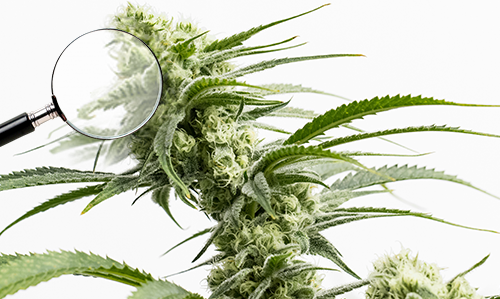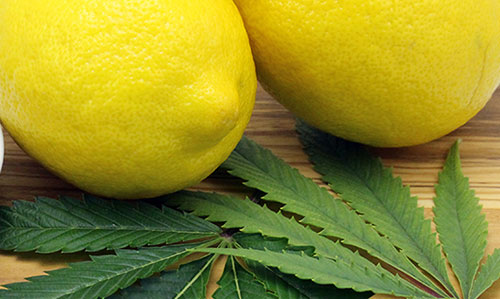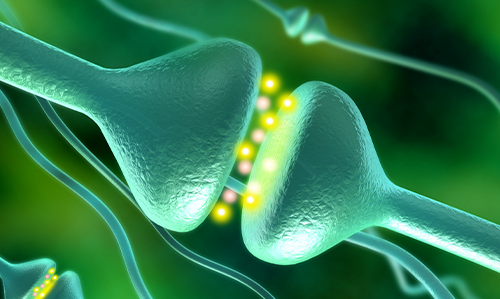The therapeutic effects produced by this process are well documented through research and anecdotal evidence. Benefits include symptomatic relief of pain, nausea, glaucoma, muscle spasms, seizures, and movement disorders.
There is still much to discover, however, research suggests that cannabis may protect the body from some types of malignant tumors and have neuroprotective qualities.
Cannabis is also a highly effective appetite stimulant, and is particularly helpful for those suffering a loss of appetite due to AIDS, Alzheimer’s disease, and cancer.






